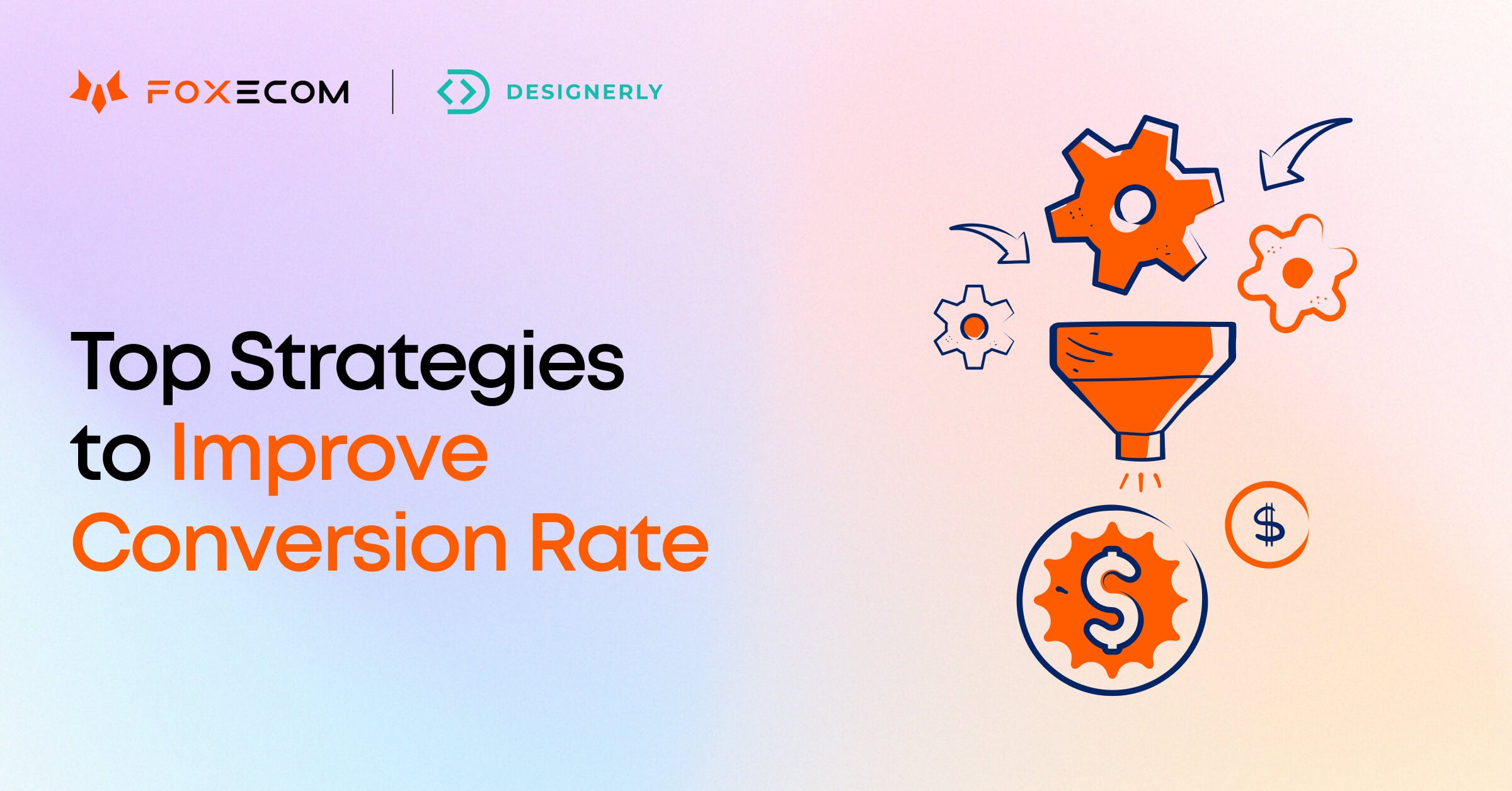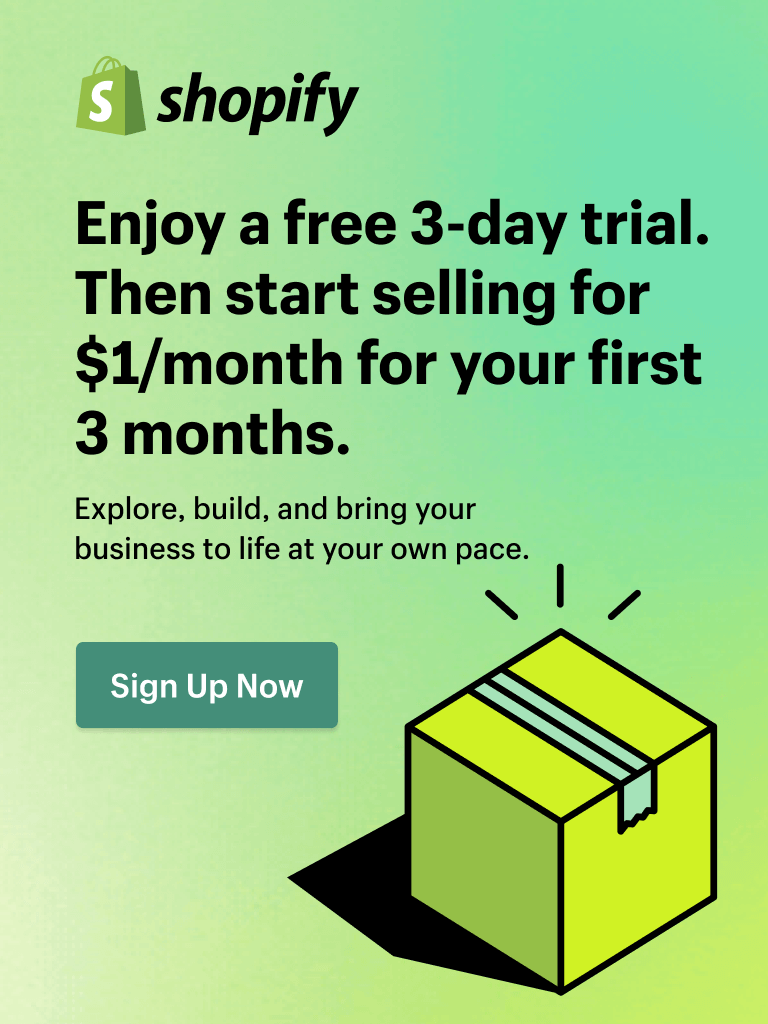Increased website traffic is a key goal for small business owners, but it's only half the battle. The real challenge is converting those visitors into customers. A low conversion rate can be particularly frustrating after dedicating time to create a user-friendly site.
This article delves into how to improve conversion rate through effective conversion rate analysis and tactics for conversion rate optimization, helping you transform visits into high sales. Let’s start!
What Causes High Impressions and Low Conversion Rate
The reasons for a low conversion rate vary from one company to another. Some factors you might want to check:
- Pricing: Check what your competitors charge for similar products and services.
- Product details and descriptions: People need to understand how your item might improve their lives. Share enough details to grab their interest.
- Shopping cart issues: If people add an item to their cart but bounce away before completing the sale, ensure every touchpoint in their journey flows smoothly.
- Shipping costs: Amazon has made people familiar with the application of universal free shipping. If your fees are too high, you may lose sales.
- Misleading copy: If you use clickbait to drive people to your page, they may not be interested once they realize the reality differs from the promise.

Survey your customers to discover what they love and hate about your sales funnel. The causes of high impressions with low conversion rates vary. Turning things around for the better requires several steps and tests.
How to Improve Conversion Rate
ECommerce professionals can start working on conversion rate optimization at any time. Through conversion rate analysis, you will identify patterns and find ways to improve your conversion efforts.

1. Know Average Conversions
Global eCommerce sales will hit $6 trillion in 2024, but some markets will grow while others decrease. Knowing who your audience is and the average conversion rate can help you expand into new areas and find customers who might not have shopped online before.
You can find numerous formulas to see if your follow-through rates align with industry standards. For an eCommerce store, a simple one is:
If your site received 1,000 visitors and made 95 sales, you would have a 9.5% conversion rate. For most stores, this is an excellent number.

Many elements can come into play and impact conversion rates, including:
- Product type
- Product cost or average order value
- Traffic source
- Device (mobile, tablet, or PC)
- Platform (Windows, Mac, iOS, Android, etc.)
- Location
Since you might have different goals than others, remember what your conversion rate means before freaking out while comparing it with bechmarks. Is it the percentage of visitors who add a product to cart, download a book, or fill out your newsletter pop-up?
2. Extract Insights From Data
Today’s business professionals have more data available to them than they know what to do with. As 25% of businesses believe their data volume is growing too fast to keep up with, it’s no wonder that 90% of data generated by organizations remains unstructured and thus unusable.
Take the time to regularly gather important data points such as the exact places in the sales funnel that most users are dropping off, which CTAs are being clicked on and which aren’t, and how users are finding your top-performing pages.
You must know your target audience inside and out before creating titles for your content. To attract the people most likely to buy from you, dig into what drives them. What are their pain points, and what emotions do they experience before purchase?
Once you’ve gathered sufficient data, you can use tools such as generative AI to summarize documents while keeping your workload low.

Generative AI usage continues on a steep upward trajectory, with estimates of the market hitting $1.3 trillion by 2032. Tapping into this power to save time on summaries and idea generation may help drive viable traffic that converts into higher sales figures.
🔥 Related Articles:
- How to Use Shopify AI to Streamline Your Business
- AI Product Recommendations to Boost Conversions on Shopify
- How to Implement Shopify AI Tools Effectively
3. Focus on Content and SEO
Despite regular updates, search engine ranking still matters. To reach your target audience, the first step is to be found online. Therefore, your first goal is to create excellent, user-friendly, and useful content.
If your content matches whatever your typical customer looks for, you’ll naturally attract those who might buy what you sell.

A whopping 68% of online experiences begin with a search engine, and 60% of marketers say that inbound (SEO, blog content, etc.) is their highest quality source of leads.
Take the time to search for keywords you’ve targeted, aka keywords customers are actively searching for. Does your store pull up?
Next, use the “3S” rule: keep it short - specific - and simple. Get straight to the point and make it super easy to understand. If you sell baseball bats and your keyword phrase is “buy bats,” you may attract people interested in the animal and not the game.
Finally, focus on the benefits. It can be tempting to jump into the “feature race” with your competitors to wow your customers, but that tactic usually harm more than help. The best content answers the question “What’s in it for me?”.

These are the golden rules for optimizing conversion rate when it comes to content creation. Every piece of information - every word and every sentence on your website - should help to drive customers through the purchase funnel and reach conversion. No word should be redundant, and no sentence to be lengthy.
📚 Further Reading:
- A 5-Step Guide to Shopify Optimization to Unleash Your Store's Power
- Secrets to Stunning Ecommerce Websites - A Complete Guide
4. Improve CTAs
If people land on your page but fail to add an item to their carts, look at the bottleneck in the sales funnel as part of your conversion rate optimization strategy. The CTA button may be the main culprit.
Here are some things you can do to ensure it resonates with buyers:
- Use a bright color that contrasts with the background.
- Add white space around the button to set it apart and show its importance.
- Use urgent language and action verbs.
- Keep the command short and no more than a word or two, such as “Buy Now” or “Learn More.”
- Use a color that taps into the emotions you want to elicit from users.
- Adjust placement and run split testing to see what converts best.

Small changes such as moving to first-person language can also increase your conversion rate. Experiment with changes to see what your audience responds to.
5. Optimize the Page Layout
When you get a ton of impressions and clicks, but they don’t convert into sales, you need to re-evaluate your landing page performance. The first things visitors see must answer any objections to spending money on your product. If the copy is so sharp, what about the layout and design?

Consider everything you put on the page, especially where you place your call-to-action (CTA) button. The more visual inputs and distractions that visitors have to process, the less likely they are to convert.
To optimize the conversion rate, remove or minimize everything unrelated to encouraging users to take action. You can use heatmaps or screen recording tools like Hotjar, FullStory, or UserTesting to understand their behaviors on the page.
A simple but effective way to draw attention to an element is to add plenty of whitespace around it. Other fail-proof tips to declutter your page are:
- Minimize or remove the menu and all outgoing navigation
- Remove unnecessary form fields
⭐ Related Articles:
- Ecommerce Website Optimization: 6 Strategies to Acquire Success
- 4 Holiday Design Tips to Boost Customer Engagement
- How to Create a Shopify Landing Page that Converts
6. Speed Up Your Site
Run speed tests on your site to see if it bogs down the user as they navigate through the shopping journey. Investing in a better web hosting package may decrease load times and keep people from bouncing away.

Google experts state that page loading speed also directly impacts a site’s search engine ranking. If your site lags, the right people might not even see your content to click on it and possibly buy what you offer.
Remove any scripts or features that slow your site down. Compress images for faster loading and look into caching visuals. Most sites load a bit slower on mobile devices, so anything you can do to reduce time increases the chances a site visitor will stick around long enough to buy something.

🔥 Related Articles:
- How to Boost Mobile Optimization for Your Shopify Store
- Shopify Page Speed Optimization Hacks: The Lies They Tell You
- Technical SEO Tips for Shopify: Improving Site Speed and Performance
7. Create a Sales Funnel
Around 69% of people abandon online shopping carts, lowering conversion rates. Most of the time, people might browse for details but not be quite ready to make a purchase. Therefore, do your best to gather user emails as they access information on your site. If you can get them on your mailing list, you can continue marketing directly to them until they’re ready to buy.
This is especially important for complicated, B2B, or expensive items. People would want to spend more time researching before they’re ready to commit. Instead of asking them to purchase right away, you should slow down, start to build trust, form a relationship, and show off your expertise.
An effective way to build trust and optimize conversion rate is to showcase customer reviews, testimonials, and user-generated content. Testimonials and UGC don’t have to be a form of show-off - they are positive stories others say about your brand, so make them human and helpful. Eventually, your goal should be to match their needs with the right product or service, and follow-up tactics are all here for it.

If customers are still hesitant to lock in the deal, take the initiative by offering free shipping or a special discount or promotion with an expiration date to urge them to take action.
📚 You Might Also Like:
- Reducing Cart Abandonment and Increasing Conversions: 7 Tips To Optimize Your Checkout Process
- How to Add Reviews to Shopify Stores: Detailed Guidance and Useful App
- Best Testimonial Design Templates & Examples to Follow
- The Ultimate Guide to Use UGC on Your Shopify Store
8. Narrow the Focus
Some businesses make the mistake of adding too much to a landing page. They drive traffic there, but the buyer sees a bunch of options and doesn’t know what to do next, or they grow frustrated looking for what they need.
Instead, focus on a single product or service for each landing page and target the right keywords to drive the best audience possible to that page. Conversion rate should improve if you narrow your focus to remove potential confusion.

9. Test and Test Again
Once you have tweaked your landing page and fixed any other issues through your conversion rate optimization strategy, run A/B and multivariate tests to see what works with your customers.
Every business is different, so you must find what works for your unique brand. Run tests, make adjustments, and change things a little at a time until you discover the perfect formula to improve your conversion rate and reach the completed sales numbers you desire.





